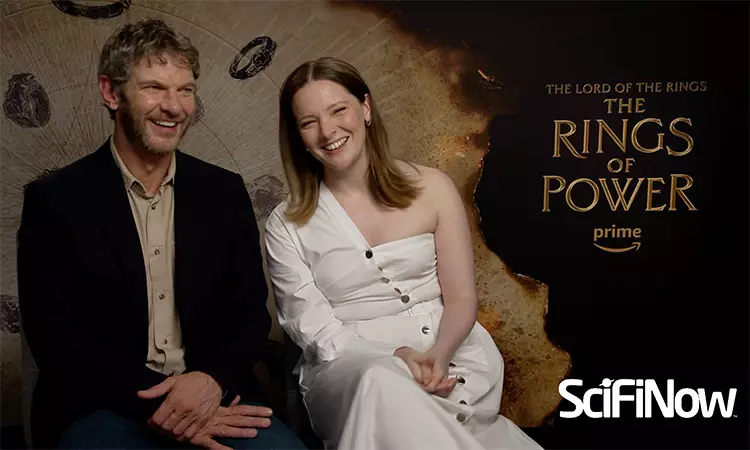Season Two of “The Lord Of The Rings: The Rings of Power” reimmerses viewers in the rich tapestry of Middle-earth, a land characterized by its intricate lore and complex character dynamics. With Sauron’s return providing a gripping narrative pivot, the audience is reminded that this world is ever susceptible to the shadow of evil. Galadriel’s decisive act to banish Sauron set the stage for a tumultuous rise, representing a fascinating interplay of power and desperation. As Sauron regains his footing, the challenges mount not just for the dark lord himself but also for the multitude of characters woven into the saga’s fabric.
Stripped of his previous might and allies, Sauron’s character is portrayed as increasingly reliant on his intellect and strategy. Unlike the traditional depiction of the villain who wields overwhelming power, this iteration presents a nuanced portrayal of a being whose isolation amplifies his cunning. The crafting of the Rings of Power becomes an existential task, infused with urgency and highlights his need to establish control over Middle-earth once again. His journey offers an exploration of vulnerability in darkness—a theme that has the potential to resonate with audiences longing for depth in villainy.
In stark contrast to Sauron’s plotting, the stakes for the protagonists are equally elevated. Each beloved character faces a reckoning that questions their allegiances and moral foundations. With kingdoms on the precipice of collapse, the veneer of camaraderie among elves, dwarves, men, and others begins to wear thin. The narrative ingeniously exploits the tension between friendship and fear, drawing the audience into the rich emotional landscape where personal bonds may falter under the weight of looming darkness. This complex characterization offers viewers a lens through which to reflect on their own relationships in times of strife.
The overarching theme of connection shines through as characters grapple with their identities amidst chaos. As their worlds shatter—families torn apart, alliances strained—their yearning for kinship emerges as a central narrative element. This reflects a universal struggle; despite the fantastical setting, the emotional core remains relatable. The central question looms: in a world on the brink of collapse, what does it mean to stand by each other? The creators seize the narrative opportunity to emphasize that even in the face of malevolent forces, the strength of their connections might be the most formidable weapon against despair.
As Season Two unfolds, “The Rings of Power” promises a grand continuation of its epic saga, filled with rich character developments, conflict, and deep thematic elements. The return of Sauron not only raises stakes but also provides fertile ground for exploring vulnerability, resilience, and the fundamental need for connection. Each character is put to the test, and the choices they make will inevitably impact the future of Middle-earth. Fans eagerly await the next chapter, not just for its battles or mythic confrontations, but for the profound universal truths that can emerge from even the darkest of times.


Leave a Reply